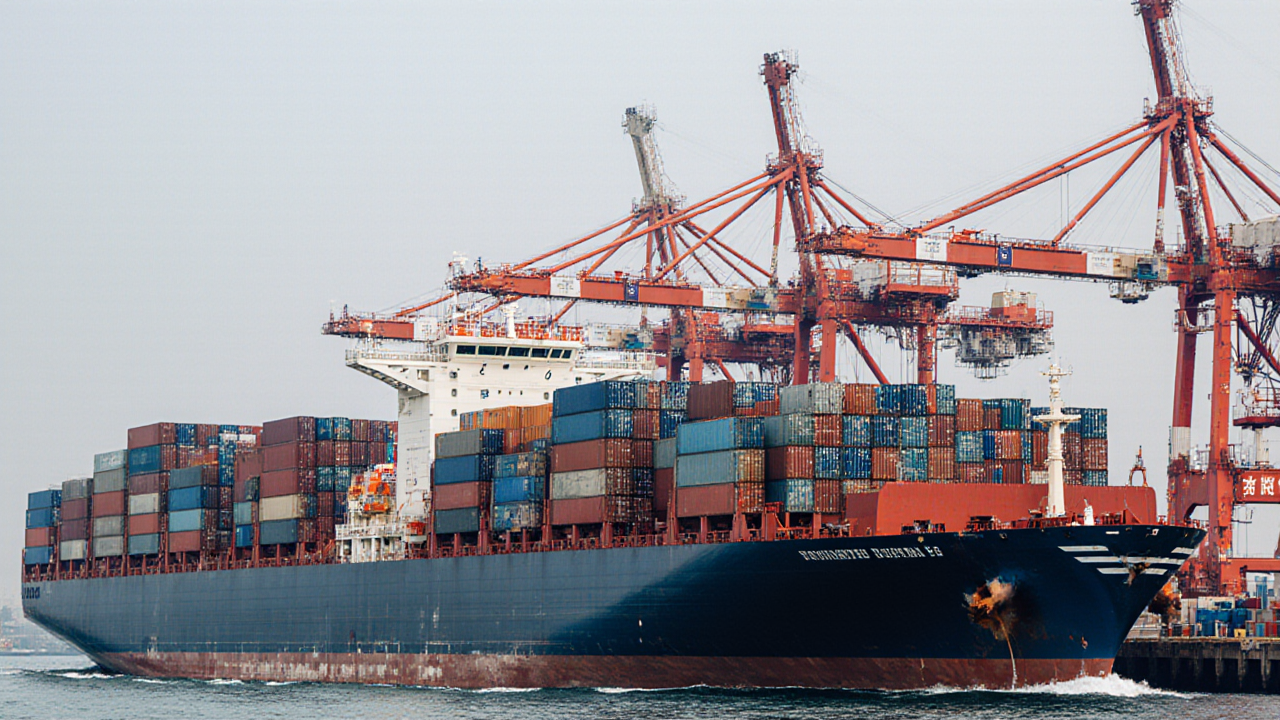
When the United States announced a new fee structure for foreign vessels docking at its major ports, the ripple effects were felt far beyond the shores of North America. Shipping operators in Asia, especially those anchored in China’s expansive port network, were compelled to reassess their routing strategies and cost structures. The move signaled a shift in geopolitical leverage, prompting leading logistics providers to explore alternative corridors and to invest in technology that can mitigate exposure to sudden fee spikes.
For supply chain leaders, the lesson is clear: resilience hinges on the ability to pivot quickly in response to regulatory changes. A recent study found that firms which diversified their port footprints reduced their vulnerability to fee shocks by up to 25%. This advantage is amplified when combined with real‑time visibility tools that flag fee changes before they hit the bottom line. The data underscore that strategic flexibility is not a luxury but a necessity in today’s volatile environment.
China’s maritime prowess, built on decades of infrastructure investment, positions it as a formidable counterweight. The country’s port authorities have accelerated the adoption of digital platforms that streamline customs clearance, enabling vessels to spend less time in port and thereby reducing the impact of any new fees. By integrating advanced analytics, these ports can predict congestion patterns and optimize berth allocation, a practice that has already lowered turnaround times by 15% in key hubs. This operational excellence serves as a benchmark for global players seeking to enhance efficiency while maintaining compliance.
The broader industry implication is that cost control and operational agility must be pursued in tandem. A holistic approach that couples digital transformation with strategic network design can transform a regulatory challenge into an opportunity for competitive differentiation. For example, firms that have shifted a portion of their freight to alternative ports in Southeast Asia or the Indian Ocean have reported a 10% reduction in overall logistics spend, while maintaining service levels.
Sustainability is woven into this narrative. As ports modernize, they are also adopting green technologies—electric yard equipment, shore power systems, and low‑emission vessel incentives—that align with global decarbonization goals. The convergence of cost savings and environmental stewardship provides a compelling value proposition for supply chain executives. Companies that embed sustainability metrics into their routing decisions not only comply with tightening regulations but also appeal to a growing base of eco‑conscious customers.
In practice, leaders should begin by mapping their exposure to port fee volatility, then invest in data platforms that deliver actionable insights in real time. Collaboration with port authorities and industry consortia can unlock shared knowledge about fee structures and best practices for cost mitigation. Finally, embedding flexibility into contractual agreements—such as variable freight rates tied to port fees—can safeguard margins while preserving service commitments.
By turning a geopolitical challenge into a catalyst for innovation, supply chain professionals can reinforce their networks against future shocks, drive operational excellence, and champion sustainability in the global logistics landscape.
Loading comments...